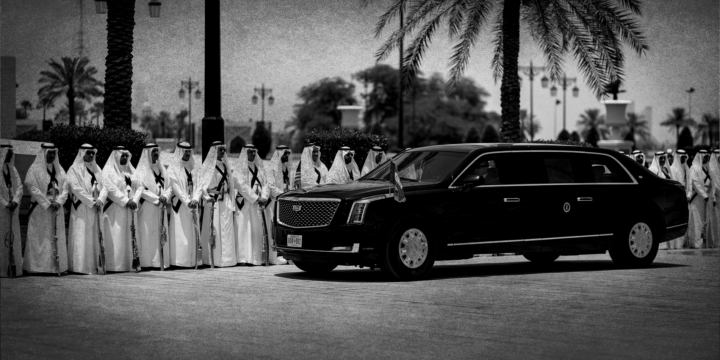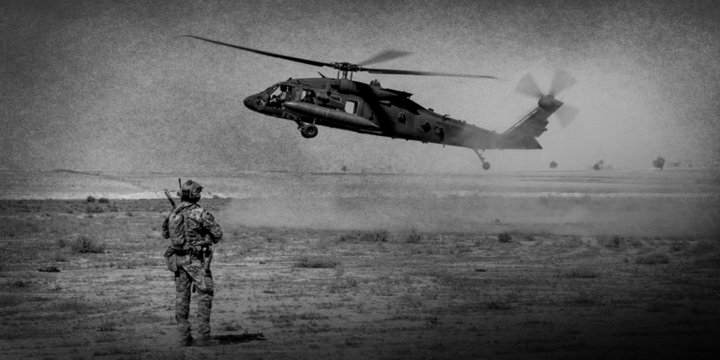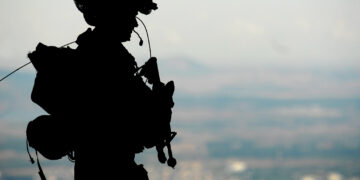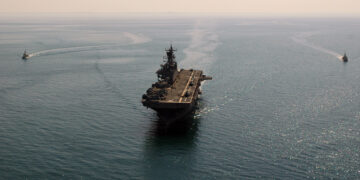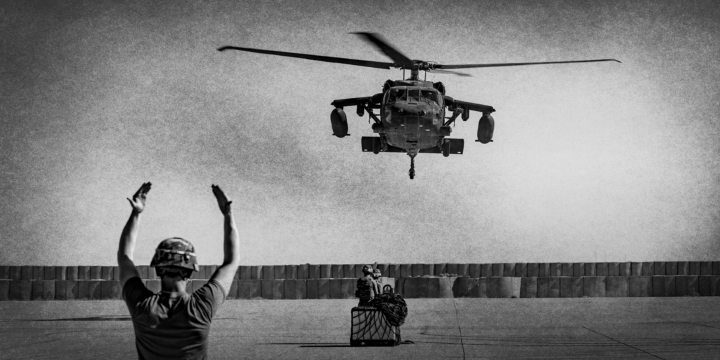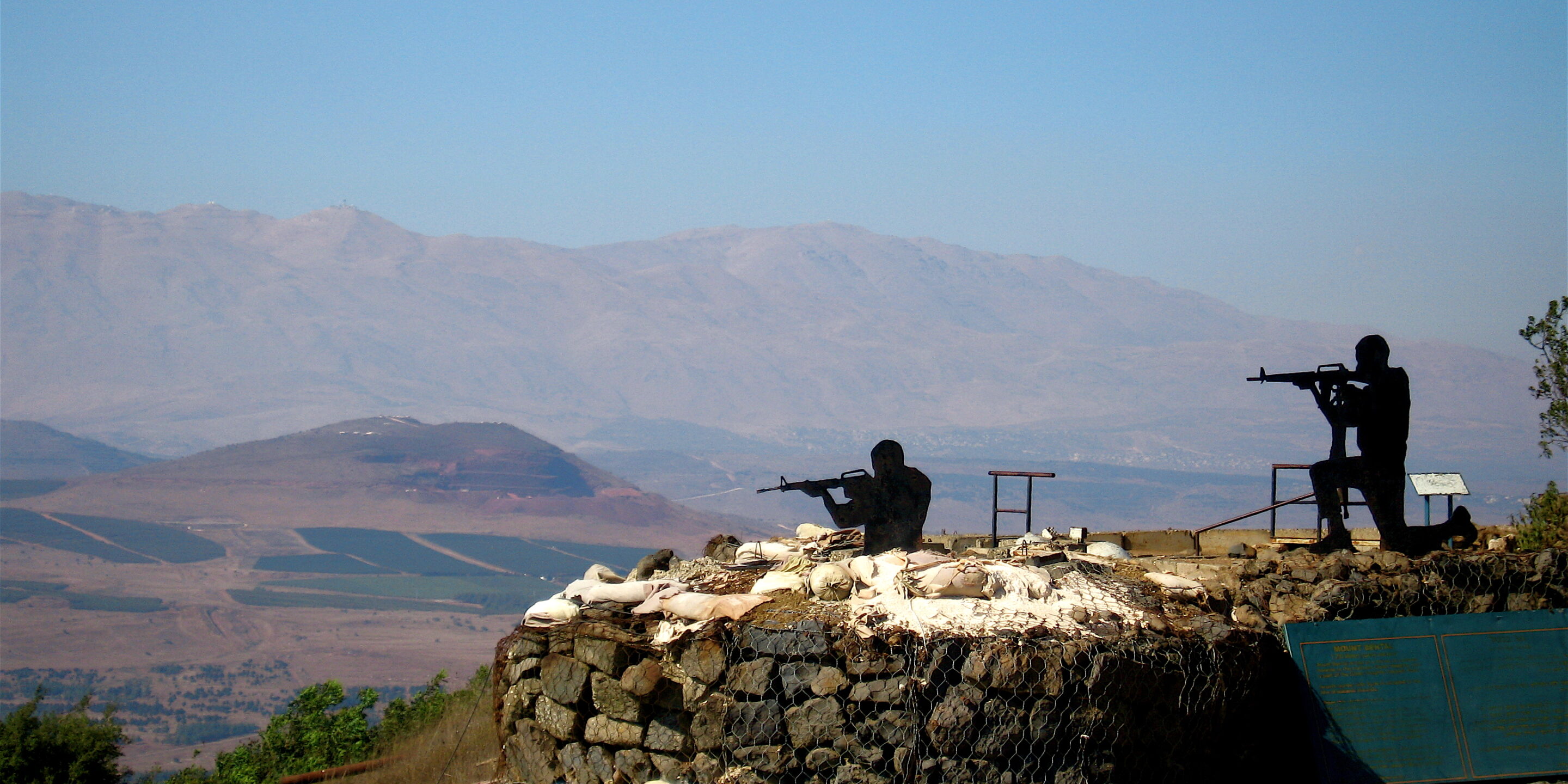
Up until September 2024, Hezbollah, the Shia paramilitary group established in the early 1980s to fight Israel’s occupation of Lebanese territory, was Lebanon’s most powerful entity. With over 100,000 missiles and rockets in its arsenal and tens of thousands of fighters at its disposal, Hezbollah was arguably stronger than the Lebanese army. Politically, Hezbollah was a major mover-and-shaker, holding seats in the parliament and using its veto power to stall the selection of a president not to its liking. Its constellation of clinics and stores, not to the mention stipends and financial assistance dealt out to its supporters in the south, earned Hezbollah significant acclaim amongst a Shia plurality that was often overlooked in Beirut before the group emerged on the scene.
But that was then. Today, Hezbollah is in its weakest position ever. Israel’s two-month war against the group killed most of its leadership, including Secretary General Hassan Nasrallah. Thousands of fighters were killed and southern Lebanon, where most of Hezbollah’s base is located, sustained intense physical damage. Some of the very same supporters who happily accepted Hezbollah’s cash are now blaming the movement for perpetuating a war with Israel that Lebanon had no interest in fighting. As if to underscore just how much Hezbollah has fallen, the Lebanese parliament finally elected a president in January, ending a years-long stalemate, after Hezbollah-affiliated lawmakers stopped obstructing the proceedings.
If Israel’s war in Gaza is the definition of an unwinnable morass, its campaign in Lebanon was short, quick, and decisive. The Israelis managed to destroy much of Hezbollah’s military infrastructure, so much so that Hezbollah’s leadership—or what is left of it—was pressured into signing a ceasefire agreement that mandated the group’s complete evacuation from its stronghold south of the Litani River, approximately 20 miles from Israel’s northern border. As a part of the deal, the Lebanese army re-deployed to the south as Hezbollah fighters moved north, taking their weapons into custody, destroying all weapons-manufacturing facilities, and dismantling “all infrastructure and military positions” previously held by Hezbollah.
More on Middle East
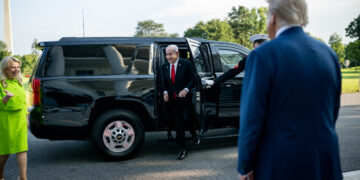
Featuring Jennifer Kavanagh
July 30, 2025
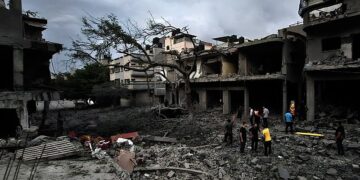
Featuring Rosemary Kelanic
July 30, 2025
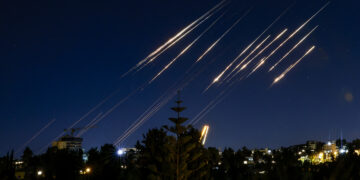
Featuring Jennifer Kavanagh
July 28, 2025
Events on Middle East
